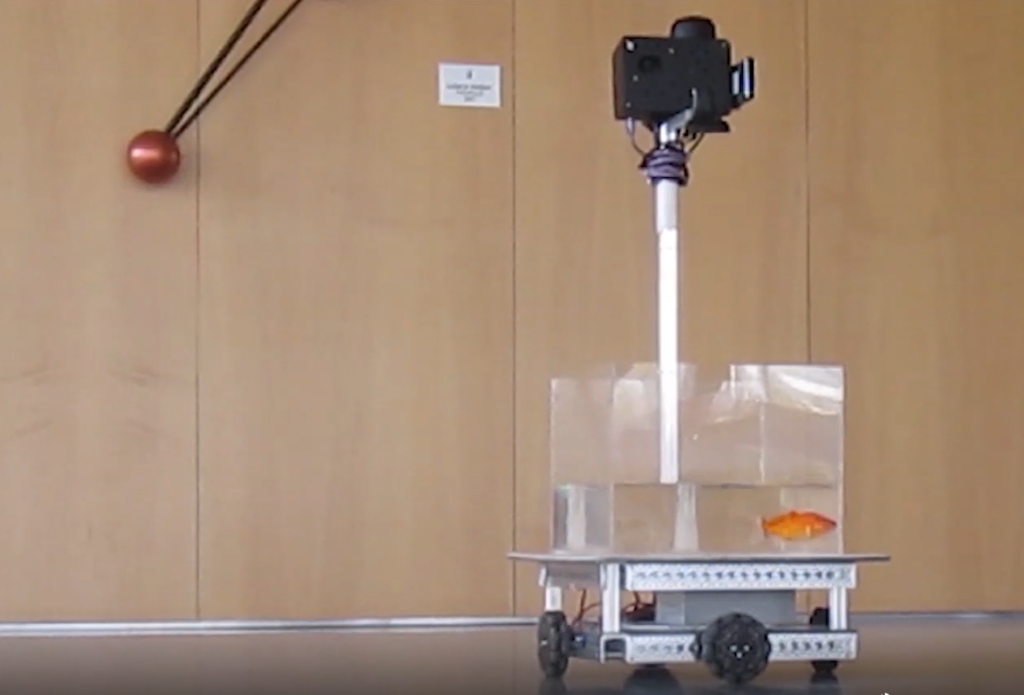
How a Robot Worm Could Make Colonoscopies Fun
How a Robot Worm Could Make Colonoscopies Fun
May 1, 2017
Newsweek — It’s estimated by the United States Centers for Disease Control and Prevention that some 23 million Americans have not been screened for colorectal cancer — and should be. A colonoscopy can catch cancer early and save lives, but people often avoid the test because it is not a fun experience.
But that may change thanks to inchworms, wiggling bacterial organisms and snakes. Prof. David Zarrouk, of BGU’s Department of Mechanical Engineering and head of the University’s Bio-Inspired and Medical Robotics Lab, is developing a miniature bio-inspired robot that will have the ability to crawl through the intestinal tract.
The single actuator wave — or SAW — robot mimics the mechanical locomotion of these slithering creatures. This could make both a colonoscopy and endoscopy less invasive, eliminate the need for anesthesia and make cancer screening less unpleasant.
“Colonoscopy is very uncomfortable for patients, and small robots would not do much harm,” says Prof. Zarrouk.
The patient would swallow the robot equipped with a tiny camera. It would then move through the body and transmit high-quality images of the patient’s innards that a doctor could view in real time.
According to Prof. Zarrouk, the device would have the ability to travel through the entire intestinal system in less than six minutes, moving more than one centimeter per second until it’s naturally eliminated by the body.
The smallest model Prof. Zarrouk has made measures four inches, and it needs to be about half that size to make it ingestible. He believes his lab can accomplish this in about two years, and at that point could begin testing on pigs, which have intestinal tracts similar to humans.

Reproductions of the SAW robot can vary in size depending on the task at hand. Larger models could have applications in the search and rescue field while smaller ingestible versions could take photos inside the human body.
The largest model he has made — around 10 inches long — moves well on hard terrain and can climb vertically between walls and through water.
“We found it could be used as a search and rescue robot, so now we’re developing another version,” Prof. Zarrouk says.
But intestines are the ultimate challenge.
“When you put the robot on a slippery, flexible surface, it sometimes gets stuck.”
This post is excerpted from a story by Jessica Firger, who recently participated in Americans for Ben-Gurion University’s 2017 Murray Fromson Media Fellowship.



